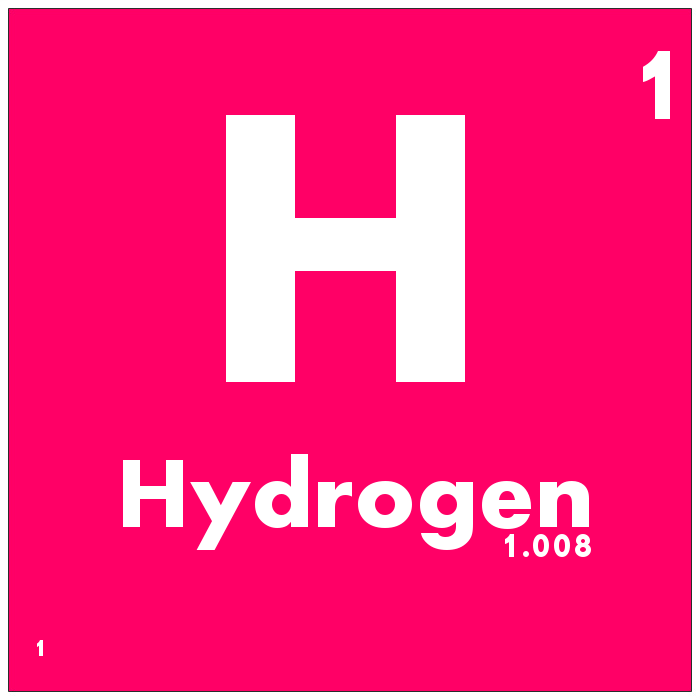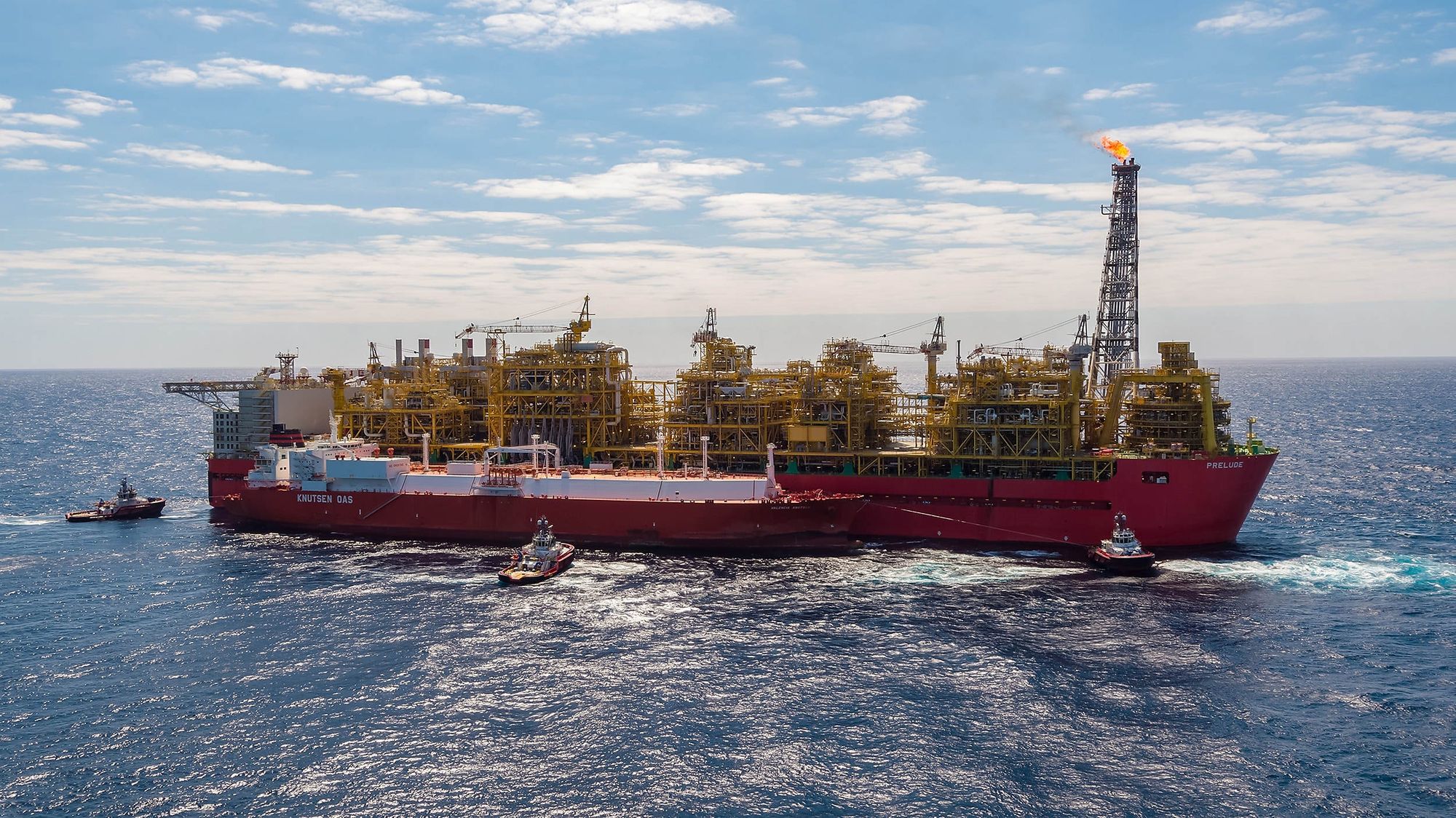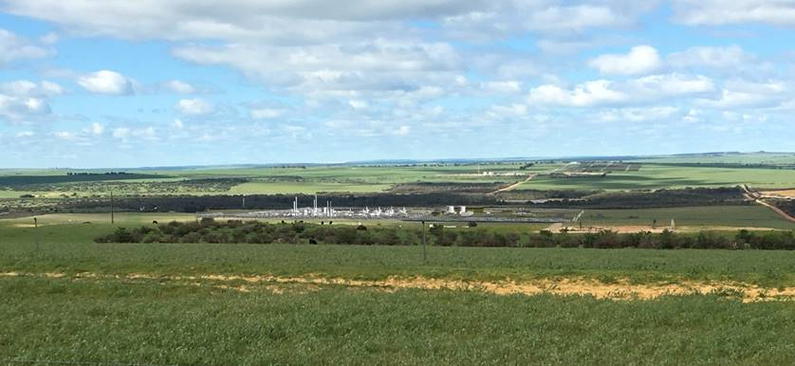🗡️ Who murdered the Murujuga rock art science?
Special Cluedo™️ edition 🔍 Was it Mr Cook or Prof Smith?
Oil price oscillations, hydrogen buzz, LNG project glitches, cost cuts and safety worries, Collie coal and Mid-West wind, COVID, trading partners go net-zero, and emissions matter. Year one from Boiling Cold.

A year ago oil was $US52 a barrel, and a month later it hit $US14 as the pandemic squashed global economic activity. Today, a barrel of Brent crude will fetch $62, but the energy world is not what it was.
The momentum to tackle climate change has grown enormously, all the components of a cleaner energy future perform better and cost less each year, and investors are edgy about whether the returns from oil and gas investments will justify the risk.
Boiling Cold has now reported on WA energy, industry and climate for a year.
With 149 stories, many revealing new information and insights reported nowhere else, it has been a busy 12 months.
Perth's big gas player Woodside delayed its huge Scarborough and Browse LNG projects in late March 2020.
Woodside told its investors that when it developed the CO2-rich Browse gas fields, it could be with carbon capture and storage. This was a complete reversal from the message to environmental regulators a few months before that CCS was "high-risk, high-cost" option.
But the biggest Woodside spin to unwind was that in reality, the Browse LNG project was dead. Too dirty, too complicated, and many of the partners did not want it. It was common knowledge up and down the Terrace but reported nowhere else.
Even Scarborough was struggling, with industry consultant Wood Mackenzie determining Qatar could deliver gas to Japan for half the price. Such analyses are normally kept away from the media, but oddly it was a report from oil and gas lobby group APPEA that revealed Scarborough's plight.
Every oil and gas company in the world struggled to know what to do.
Woodside's internal differences were clear at its AGM.
Chief executive Peter Coleman told shareholders he would look hard for opportunities outside fossil fuel extraction.
Chair Richard Goyder immediately stepped in and said not to overestimate any changes as "we're an LNG company."
A big decision for all gas players is whether to move into hydrogen. If so, should it be blue hydrogen made from gas with carbon capture and storage or green hydrogen from renewable electricity?
Woodside has had a bet each way and looked at blue hydrogen for Japanese power stations and Australian green hydrogen projects.
The $50 billion Asian Renewable Energy Hub in the Pilbara is clear where it is going: green hydrogen for ammonia in massive quantities.

It will take years to know which hydrogen business cases are sound and which are fanciful.
Meanwhile, Santos wants to make Australia's dirtiest LNG by bringing gas from the Barossa field into Darwin.
In a surprise decision Chevron decided to sells out of the North West Shelf and its bank spruiked a sales pitch.

Boiling Cold had a look and came to a different conclusions.
While the workforce at their LNG facilities was slashed, Woodside and Chevron made sure dividends kept flowing to shareholders.
There was plenty of angst about new rosters with longer swings and time in quarantine. Unions labelled a Woodside proposal for a $50,000 bonus for working 12 weeks straight as unsafe, and it was quickly dumped.
Offshore safety regulator NOPSEMA warned that long swings were a danger to mental health and worried about the effect of less maintenance on complex offshore facilities.
During 2020 Australia's oil and gas industry cut its workforce six times deeper than the national average.
A freedom of information request revealed that NOPSEMA chief executive Stuart Smith was unhappy about operators' priorities.
"It appears industry is focussed on increasing profitability rather than safety," minutes noted Smith saying.
From a first report three years ago about a dangerous lack of maintenance, the Northern Endeavour oil vessel has generated stories well beyond the significance of its production.
Exclusive analysis showed that Woodside priced the decommissioning of the vessel and oil fields at $362 million. No wonder Woodside paid the now-failed new owner to take the vessel.
With the Government having already committed $209 million to keep the vessel safe and prepare it for decommissioning, the total bill could be $500 million.
One expense was $8.8 million for Woodside to advise on how to clean the mess up.
"Yes, there is a certain irony in that, and we as a Department understand that," Department of Industry, Science, Energy and Resources secretary David Fredericks told the Senate.
A deep dive into the full report on the collapse of the owner of the Northern Endeavour showed the Australian Government and its regulators had made a hash of their job at almost every opportunity.
Bizarrely the Government did not give NOPSEMA and NOPTA the full report. The two regulators only read it when it was released after a freedom of information request.
A bit of digging revealed other small companies with hefty offshore decommissioning liabilities.
Tiny Western Gas bought the Equus fields off Hess in 2017 for $US4 and now has $US100 million of well plugging and abandonment to pay for if it cannot develop the gas.
Triangle Energy, which within weeks could lose access to BP's Kwinana refinery to process oil from Cliff Head, has an abandonment liability of at least $37 million.
In December, Resources Minister Keith Pitt said that companies selling offshore assets would now have liability for the clean-up if the new owner failed.
Boiling Cold revealed Pitt gave the heads up to ExxonMobil chief executive Darren Woods weeks earlier, and soon after, the US major dropped its planned exit from the Bass Strait.
Woodside's sale of the Northern Endeavour may have saved it many millions and eventually cost the Australian taxpayer $500 million.
However, the jolt it gave the Federal Government to properly manage decommissioning liability that could total $76 billion over the coming decades will likely save Australia many times more than the cost of the Northern Endeavour.
Chevron's now decades-long mission to bury CO2 under Barrow Island is another perennial story with implications well beyond that facility.
A deep dive into all the available data revealed that to mid-2020, Gorgon vented seven million tonnes of greenhouse gas more than if it had injected 80 per cent of the reservoir CO2 as required by the WA Government.
A freedom of information request revealed $3.1 billion spent so far, and some wells were clogged with sand. Another FOI request unearthed that the WA safety regulator ordered CO2 injection to be cut to one-third of design capacity until the sand problem was fixed.
It is understood there is much more time and expense required until all is well with CO2 injection at Barrow Island.
The importance of Gorgon's woes is that many oil and gas companies are claiming they can continue producing hydrocarbons on a net-zero by 2050 emissions trajectory with a massive rollout of carbon capture and storage. Chevron's struggles cast severe doubt on the viability of those plans.
Gorgon was not the only project with carbon emissions problems.
Shell's Prelude floating LNG managed to emit 2.3 million tonnes of CO2 for just one LNG cargo.
Its neighbour Ichthys exceeded its allowed emissions by enough to negate the climate benefits of 1.7 million solar panels.
None of this is good news for investors in these projects. The International Energy Agency said LNG carbon intensity must be reduced for the product to keeps its place in the energy transition.
The most-read story of the year was an exclusive look at the multitude of problems Shell faces at its $US17 billion Prelude floating LNG facility.

It is a fascinating project, but in hindsight, perhaps too ambitious.
Both Shell and Inpex slashed the value of the unreliable giant. The Prelude restarted in September for the first time in seven months, only to shut down days later. It is back in production, and Shell's challenge is to achieve consistent production at design capacity.
Thousands of cracks in propane vessels on a Gorgon LNG train were first revealed by Boiling Cold and The West Australian in July, which is how WA's safety regulator knew of the problem.
Chevron was hit with numerous notices to covering all LNG three trains. The pain was extended by botched early repairs and lost production from shutdowns to repair the vessels will last well into this year.
We will never know if Chevron would have shut down the other two trains to fix similar vessels without the regulator's intervention.
The WA Government started the year wanting to lure industry to WA with cheap gas and months later allowed Waitsia, WA biggest onshore gas find in decades, an exemption from an export ban.

Fortunately, Waitsia's plan to vent all the CO2 from the reservoir did not proceed, and Beach Energy and Mitsui now have to offset 180,000 tonnes of CO2 a year.
Collie's coal mines and power stations continued their precarious existence, and Sumitomo wrote down the value of its half share of Bluewaters power station to zero.
New wind farms ate into coal's market share, and the WA Liberal Party shocked everyone with a plan to shut down the State-owned power stations in Collie by 2025 in favour of wind farms in the Mid-West.
Energy Minister Bill Johnston's criticism of the Liberals' plan as too fast and ambitious would have held more weight if the Government's plans were not slow and unambitious and completely ignored its net-zero emissions by 2050 target.
Boiling Cold exclusively revealed that Kerry Stokes' Seven Group was promoting pumped hydro storage at a disused Collie coal mine as it could save up to $1.3 billion in rehabilitation costs.
From October onward, it became clear that Australian governments and businesses could not avoid adjusting to a carbon-constrained world.
First, China committed to net-zero carbon emission by 2060, and Japan and South Korea followed with 2050 targets. In one month, the buyers of 88 per cent of Australia's LNG, 75 per cent of its thermal coal exports and 51% of its metallurgical coal exports had signed up to a new future.
Weeks later, the Australian Government lost its main international ally in its fight for climate inaction when President Trump was defeated.
With the energy transition accelerating every year, there will be plenty for Boiling Cold to cover.
Some readers say the balance of Boiling Cold's coverage is negative. To some extent, that is right. It is called accountability.
If a Government, regulator or company does the right thing, they have ample resources to ensure it is widely known.
However, if they fall short on what they promise - whether it is safety, taxes, local content, employment conditions, returns to investors or on the climate – you will not know about it unless someone does some digging.
All the info and a bit of comment on WA energy and climate every Friday